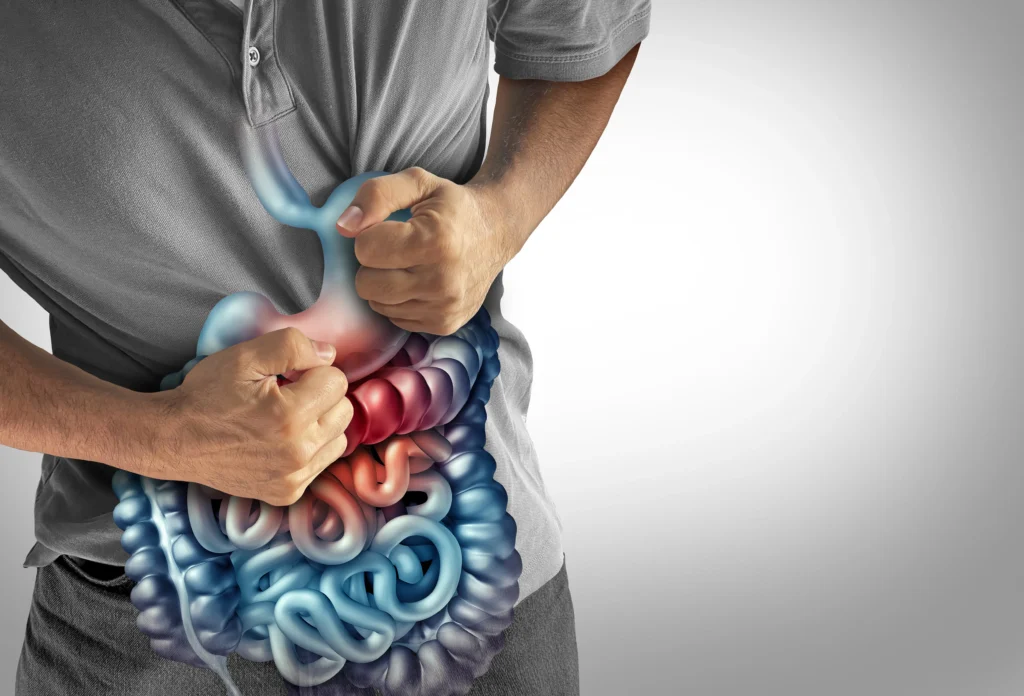
While ERCP is generally safe, like any medical procedure, it does carry some risks:
Sometimes, your doctor may suggest other options:
At GI Partners of Illinois, we provide expert care using the latest tools and technology. Here’s why patients trust us:
Before your ERCP procedure, we will provide you with all the necessary forms and instructions:
Most people can get back to their normal routine the day after the procedure. However, if your doctor placed a stent or removed a stone, you might need a few extra days to fully recover.
No, you won’t feel pain during the procedure because you’ll be given medicine to help you relax and stay comfortable. Afterward, you might feel a little bloated or have mild discomfort, but this usually goes away within a day or two.
Yes, sometimes a second ERCP is needed. This might happen if a stent needs to be changed or if your doctor needs to do more treatment later.
In most cases, yes. Many insurance plans cover ERCP. However, it’s best to check with your insurance company first to be sure.
To prepare, you’ll usually need to stop eating or drinking for 6 to 8 hours before the procedure. Your doctor may also ask you to stop or change some medications. They’ll give you clear instructions so everything goes smoothly.
During ERCP, you’ll get medicine to make you feel sleepy and relaxed. You may not remember much of it. After the procedure, you might have a sore throat or feel a bit bloated. Most people can go home the same day, but you’ll need someone to drive you.
ERCP is generally safe, but there are some possible risks, like inflammation of the pancreas (pancreatitis), infection, bleeding, or a reaction to the sedation. Your doctor will talk with you about these risks and watch you closely to keep you safe.